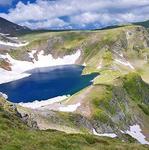Nevena & William
Things To Do in Bulgaria

Veliko Tarnovo
A must see, Veliko Tarnovo is a town situated in North Bulgaria, at a distance of 241 km from the capital – Sofia. It is one of the oldest towns in the country, with the most significant monument of culture- the medieval fortress Tsarevets. One of the most emblematic medieval churches is the temple “St. Forty Holy Martyrs”, where Bulgarian tsars were buried here, as well as many other members of the royal families. In architectural terms, the town guests have the possibility to see houses built over 200 years ago. The market street is a kind of an ethnographic complex with crafts workshops, souvenir shops and galleries.
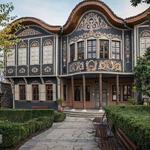
Plovdiv
Plovdiv is the European Capital of Culture in 2019! While it's hard to summarize 6,000 years of visible history, an obvious highlight is the Roman ancient theater. Plovdiv's old town has its winding cobbled streets and elegant revival-era townhouses from the times of the Bulgarian Revival which had been preserved and restored.
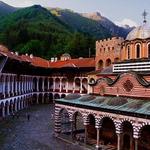
Rila Monastery
Rila Monastery is a UNESCO List of Global Cultural Heritage and is located in the heart of the Rila mountain. It was founded in the tenth century and over the centuries of its existence the monastery has been the guardian of the Christian faith and the Bulgarian education and culture.

Thracian Tomb of Kazanlak
In the midst of Bulgaria’s fragrant Rose Valley, this Thracian tomb dates from the Hellenistic period, around the end of the 4th century BC, included in the list of the global cultural inheritance of UNESCO. Bulgaria’s Valley of the Roses, nestled at the foot of the Stara Planina mountains, is believed to produce almost two-thirds of the world’s rose oil. The Rose Museum in the city of Kazanlak honors the region’s relationship with the oil-producing flower.
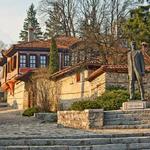
Koprivshtitsa
Behind colourful house fronts and babbling streams broods Koprivshtitsa's revolutionary spirit. This museum-village immediately pleases the eye with its numerous restored National Revival–period mansions. It's a peaceful, touristy place, but Koprivshtitsa was once the heart of Bulgaria's revolution against the Ottomans. Todor Kableshkov declared an uprising against the Turks on 20 April 1876 from Kalachev Bridge (also called 'First Shot' Bridge).
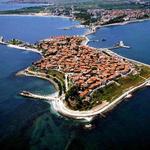
Nessebar
The town of Nesebar is situated 36 kilometers northeast of Burgas on the Black Sea coast. Due to its unique combination of ancient history, ancient ruins and Revival architecture, the Ancient Nessebar was included to the UNESCO List in 1983 The archaeological reserve is situated on a small peninsula connected to the mainland by a narrow isthmus. The thruth is that during the summer is overcrowded and commercialised.
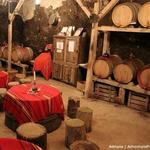
Melnik
Go for wine tasting in steep sandstone pyramids form a magnificent backdrop in tiny Melnik, 20km north of the Bulgaria–Greece border. It's a 600-year-old wine culture that has made Melnik famous, and the village's wonderfully restored National Revival architecture looks all the better after a glass or two of the town's signature 'Melnik 55' red.
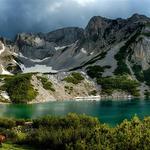
Bansko and Pirin mountain
Bansko is a town at the foot of the Pirin Mountains, which are part of Pirin National Park, in southwest Bulgaria. It’s a gateway to numerous ski and snowboard slopes, Bansko is a famour international ski resort. Just avoid the numerous hotel facilities and commercialised areas and visit Bansko's old town to feel the Bulgarian Renaissance's spirit and history.
